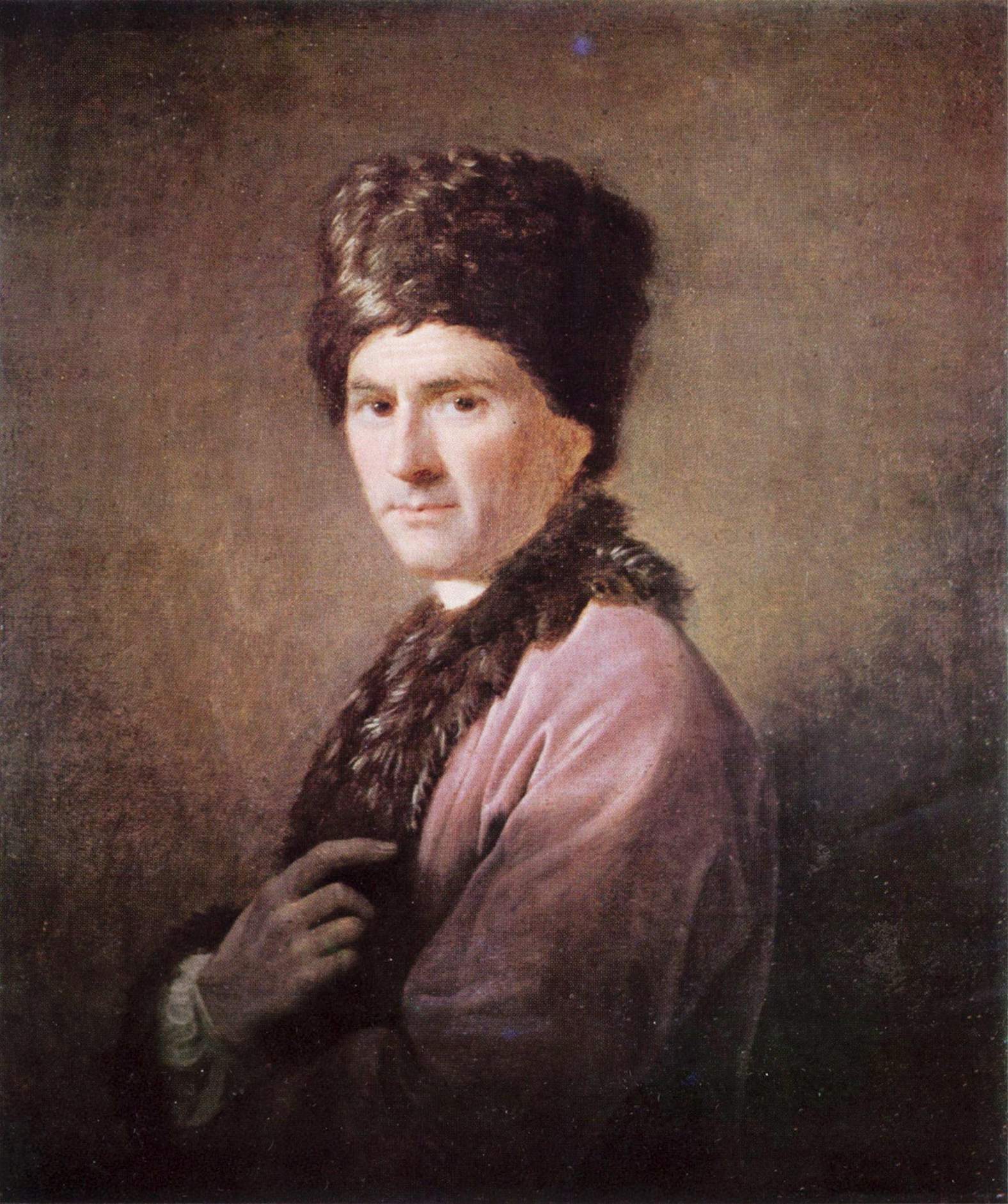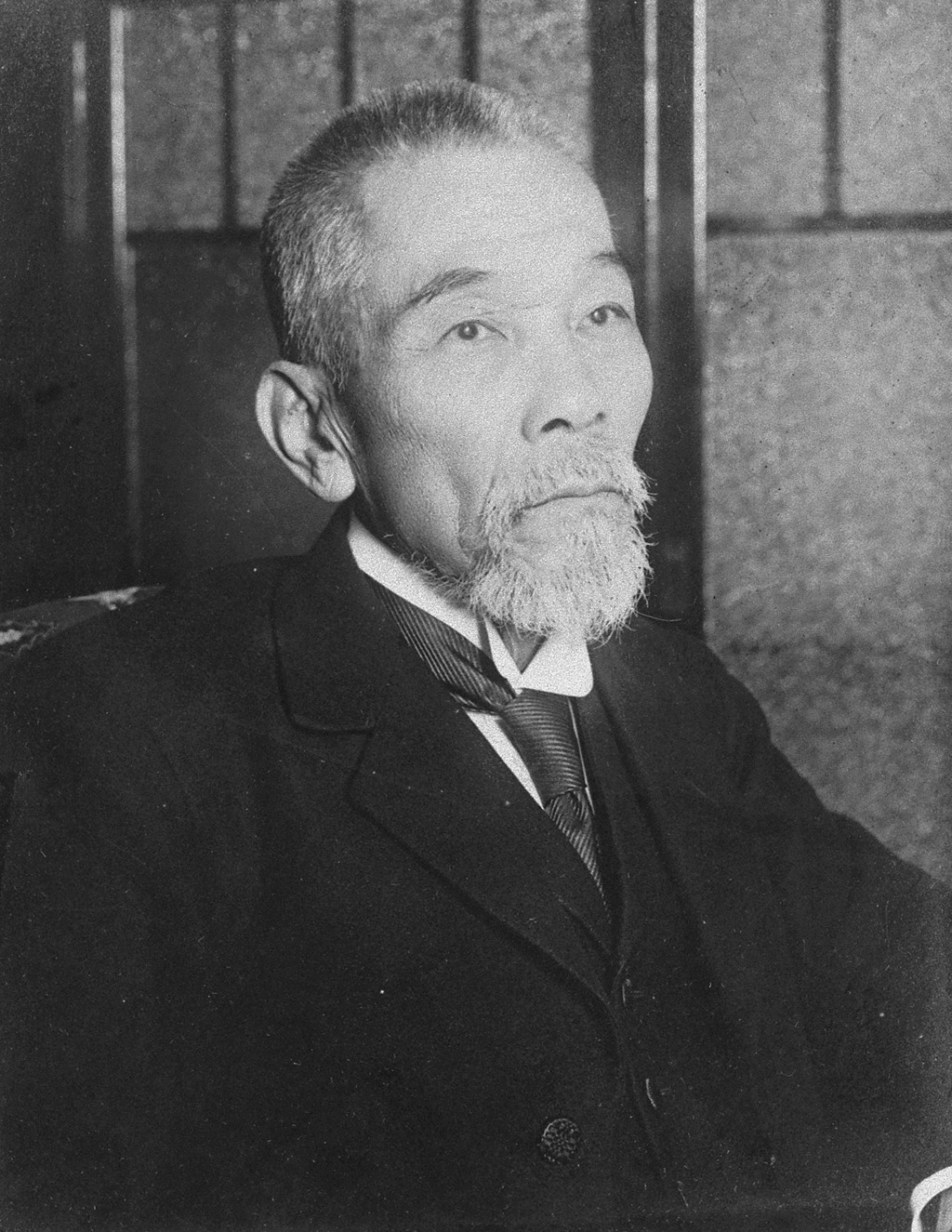|
Phan Bội Châu
Phan Bội Châu (; 26 December 1867 – 29 October 1940), born Phan Văn San, courtesy name Hải Thụ (later changed to Sào Nam), was a pioneer of 20th century Vietnamese nationalism. In 1904, he formed a revolutionary organization called ''Duy Tân Hội'' ("Modernization Association"). From 1905 to 1908, he lived in Japan where he wrote political tracts calling for the independence of Vietnam from French colonial rule. After being forced to leave Japan, he moved to China where he was influenced by Sun Yat-sen and gradually shifted his political position from monarchist to democrat. In 1912, he disbanded ''Duy Tân Hội'' to form ''Việt Nam Quang Phục Hội'' (“Vietnamese Restoration League”), modeled after Sun Yat-sen's republican party. In 1925, French agents seized him in Shanghai. He was convicted of treason and spent the rest of his life under house arrest in Huế. Aliases During his career, Phan used several pen names, including Sào Nam ( 巢 南), Thị H ... [...More Info...] [...Related Items...] OR: [Wikipedia] [Google] [Baidu] |
Chu (state)
Chu (, Old Chinese: ''*s-r̥aʔ'') was an Ancient Chinese states, ancient Chinese state during the Zhou dynasty. Their first ruler was King Wu of Chu in the early 8th century BC. Chu was located in the south of the Zhou heartland and lasted during the Spring and Autumn period. At the end of the Warring States period it was annexed by the Qin (state), Qin in 223 BC during the Qin's wars of unification. Also known as Jing () and Jingchu (), Chu included most of the present-day provinces of Hubei and Hunan, along with parts of Chongqing, Guizhou, Henan, Anhui, Jiangxi, Jiangsu, Zhejiang, and Shanghai. For more than 400 years, the Chu capital Danyang (Chu), Danyang was located at the junction of the Dan River (China), Dan and Xi Rivers near present-day Xichuan County, Henan, but later moved to Ying (Chu), Ying. The house of Chu originally bore the Chinese surname#Xing, ancestral temple surname Nai ( OC: /*rneːlʔ/) which was later written as Mi (surname), Mi ( OC: /*meʔ/). Th ... [...More Info...] [...Related Items...] OR: [Wikipedia] [Google] [Baidu] |
Shen Baoxu
Shen Baoxu ( zh, 申包胥, ) was a courtier of the Chu state during the Spring and Autumn period. Serving King Ping of Chu and King Zhao of Chu, he defended Chu from invasion by Wu, supported by Shen's friend Wu Zixu. When Chu was conquered by Wu, Shen begged at the court of Qin for their aid. Shen wailed for seven days and nights without ceasing, eventually leading to Duke Ai of Qin Duke Ai of Qin (, died 501 BC), personal name unknown, was a duke of the state of Qin (state), Qin during the Eastern Zhou dynasty. Duke Ai succeeded his father Duke Jing of Qin, Duke Jing, who died in 537 BC, as ruler of Qin. Marriage with Chu ... sending troops to restore Chu. When King Zhao offered Shen rewards for his actions, he refused, saying that he acted out of loyalty for King Zhao, whose safety was reward enough. Shen was exemplary of a minister's loyalty to his ruler, without regard for reward, and even when the ruler was incompetent. References Chinese courtiers People ... [...More Info...] [...Related Items...] OR: [Wikipedia] [Google] [Baidu] |
Zuo Zhuan
The ''Zuo Zhuan'' ( zh, t=左傳, w=Tso Chuan; ), often translated as ''The Zuo Tradition'' or as ''The Commentary of Zuo'', is an ancient Chinese narrative history traditionally regarded as a commentary on the ancient Chinese chronicle the '' Spring and Autumn Annals''. It comprises 30 chapters covering the period from 722 to 468BC, and focuses mainly on political, diplomatic, and military affairs from that era. For many centuries, the ''Zuo Zhuan'' was the primary text through which educated Chinese learned their ancient history. The ''Zuo Zhuan'' does not simply explain the wording of the ''Spring and Autumn Annals'', but rather expounds upon its historical background with rich and lively accounts of the history and culture of the Spring and Autumn period (771476 BC). The ''Zuo Zhuan'' is the source of more Chinese sayings and idioms than any other classical work, and its concise, flowing style served as a paragon of elegant Classical Chinese. Its tendency toward thi ... [...More Info...] [...Related Items...] OR: [Wikipedia] [Google] [Baidu] |
Qin Dynasty
The Qin dynasty ( ) was the first Dynasties of China, imperial dynasty of China. It is named for its progenitor state of Qin, a fief of the confederal Zhou dynasty (256 BC). Beginning in 230 BC, the Qin under King Ying Zheng engaged in a Qin's wars of unification, series of wars conquering each of the rival states that had previously pledged fealty to the Zhou. This culminated in 221 BC with the successful unification of China under Qin, which then assumed an imperial prerogativewith Ying Zheng declaring himself to be Qin Shi Huang, the first emperor of China, and bringing an end to the Warring States period (221 BC). This state of affairs lasted until 206 BC, when the dynasty collapsed in the years following Qin Shi Huang's death. The Qin dynasty's 14-year existence was the shortest of any major dynasty in Chinese history, with only two emperors. However, the succeeding Han dynasty (202 BC220 AD) largely continued the military and administ ... [...More Info...] [...Related Items...] OR: [Wikipedia] [Google] [Baidu] |
Okuma Shigenobu
Okuma or Ōkuma may refer to: Surname * Ōkuma Shigenobu (大隈重信) (1838 – 1922) 8th and 17th Prime Minister of Japan, founder of Waseda University * Enuka Okuma, Canadian actress of Nigerian descent Other uses * Okuma Corporation, a manufacturer of CNC turning and milling machines * Ōkuma, Fukushima (大熊町; -machi), a town located in Futaba District, Fukushima Prefecture, Japan * Ōkuma Station (逢隈駅), a JR East railway station located in Watari, Miyagi Prefecture, Japan {{Disambiguation, surname Japanese-language surnames ... [...More Info...] [...Related Items...] OR: [Wikipedia] [Google] [Baidu] |
Inukai Tsuyoshi
Inukai Tsuyoshi (, 4 June 1855 – 15 May 1932) was a Japanese statesman who was Prime Minister of Japan, prime minister of Japan from 1931 to his assassination in 1932. At the age of 76, Inukai was Japan's second oldest serving prime minister, after Kantarō Suzuki whose term ended at the age of 77. Early life and education Inukai was born 4 June 1855, in Kawairi, Kaya, Bitchū Province (in present-day Okayama, Okayama Prefecture), the second son of Inukai Genzaemon, a samurai, district magistrate and local official (''Nanushi, ōjōya''). His family was a branch of the Itakura clan, and were originally given a status that allowed them to wear a katana by the Niwase Domain. In 1876, Inukai travelled to Tokyo and subsequently graduated from the Keio Gijuku (now Keio University) where he specialized in Chinese studies. In his early career, Inukai worked as a journalist for the Sports Hochi, ''Yūbin Hōchi Shimbun'' (now a sports newspaper subsidiary of the ''Yomiuri Shimbun'') a ... [...More Info...] [...Related Items...] OR: [Wikipedia] [Google] [Baidu] |
History Of The Loss Of Vietnam
''History of the Loss of Vietnam'' (, ) is a Literary Chinese book written by Phan Bội Châu, the leading Vietnamese anti-colonial revolutionary of the early 20th century, in 1905 while he was in Japan.Spencer C. Tucker ''The Encyclopedia of the Vietnam War: A Political, Social, and Military History''. 2011 Page 901 "He penned Viet Nam Vong Quoc Su (History of the Loss of Vietnam), a complaint about the weak Nguyen dynasty leadership and an urgent call for a nationwide resistance." It was published by Liang Qichao, a leading Chinese nationalist revolutionary scholar then in Japan, who assisted Phan during his time attempting to drum up support for Vietnamese independence in China. The book was intended for distribution mainly in China and abroad, but also for smuggling into Vietnam to rally people to the cause of Vietnamese independence.David G Marr The book helped popularize the word "Vietnam." At the time, the country was generally called "Annam." Although named under ''Histo ... [...More Info...] [...Related Items...] OR: [Wikipedia] [Google] [Baidu] |
Pan-Asianism
file:Asia satellite orthographic.jpg , Satellite photograph of Asia in orthographic projection. Pan-Asianism (also known as Asianism or Greater Asianism) is an ideology aimed at creating a political and economic unity among Asian people, Asian peoples. Various theories and movements of Pan-Asianism have been proposed, particularly from East, South and Southeast Asia. The motive for the movement was in opposition to the values of Western imperialism in Asia, Western imperialism and colonialism, and that Asian values were superior to European values. The concept of Asianism in Japan and China has changed during the early 20th century from a foreign-imposed and negatively received, to a self-referential and embraced concept, according to historian Torsten Weber. Japanese Pan-Asianism The concept of a unified Asia under Japanese leadership had its roots dating back to the 16th century. For example, Toyotomi Hideyoshi proposed to make China, Korea, and Japan into "one". Moreover, Hide ... [...More Info...] [...Related Items...] OR: [Wikipedia] [Google] [Baidu] |
Cantonese
Cantonese is the traditional prestige variety of Yue Chinese, a Sinitic language belonging to the Sino-Tibetan language family. It originated in the city of Guangzhou (formerly known as Canton) and its surrounding Pearl River Delta. While the term ''Cantonese'' specifically refers to the prestige variety, in linguistics it has often been used to refer to the entire Yue subgroup of Chinese, including related but partially mutually intelligible varieties like Taishanese. Cantonese is viewed as a vital and inseparable part of the cultural identity for its native speakers across large swaths of southeastern China, Hong Kong and Macau, as well as in overseas communities. In mainland China, it is the ''lingua franca'' of the province of Guangdong (being the majority language of the Pearl River Delta) and neighbouring areas such as Guangxi. It is also the dominant and co-official language of Hong Kong and Macau. Furthermore, Cantonese is widely spoken among overseas Chinese in ... [...More Info...] [...Related Items...] OR: [Wikipedia] [Google] [Baidu] |
Sino-Vietnamese Vocabulary
Sino-Vietnamese vocabulary (, Chữ Hán: 詞漢越, literally 'Chinese-Vietnamese words') is a layer of about 3,000 monosyllabic morphemes of the Vietnamese language borrowed from Literary Chinese with consistent pronunciations based on Middle Chinese. Compounds using these morphemes are used extensively in cultural and technical vocabulary. Together with Sino-Korean and Sino-Japanese vocabularies, Sino-Vietnamese has been used in the reconstruction of the sound categories of Middle Chinese. Samuel Martin grouped the three together as "Sino-Xenic". There is also an Old Sino-Vietnamese layer consisting of a few hundred words borrowed individually from Chinese in earlier periods, which are treated by speakers as native words. More recent loans from southern Chinese languages, usually names of foodstuffs such as ' Chinese sausage' (from Cantonese ), are not treated as Sino-Vietnamese but more direct borrowings. Estimates of the proportion of words of Sinitic origin in the Vietname ... [...More Info...] [...Related Items...] OR: [Wikipedia] [Google] [Baidu] |



